It’s quitten time at Stonegate, not only because an early October frost took out the last of the leafy greens and brought a quick end to the season, but because the Quince (or Quitte in German) have ripened to a phosphorescent yellow in the orchard and begun to blette, turning their bitter starch to sugar and rendering themselves finally, and sweetly, edible.
Bletting is a form a decay, really; the same transformation that turns sour and bone-hard medlars sweet and wine grapes into Sauternes. The French have a poetic word for this metamorphosis, of course: pourriture noble, or noble rot. Maybe something similar happens to the lucky few of us as we age – we sweeten!
It’s a beguiling transformation, one not missed by my former neighbor and local fruit
aficionado Andrew Jackson Downing in the 1850s : “Fine fruit is the flower of commodities. It is the most perfect union of the useful and the beautiful that the earth knows. Trees full of soft foliage; blossoms fresh with spring beauty; and, finally, fruit, rich, bloom-dusted, melting, and luscious—such are the treasures of the orchard and garden.”
Quince fruit begins as a pale, pleated blossom in early spring and evolves into an oblong sphere of hard, unforgiving firmness; its fleecy rind, its strange knobs and bumps, its astringent flesh don’t hold much promise until late in the season when they transform themselves.
Or those that haven’t been plundered do. I have a handful of quince that survived the season, but many were plucked early from their boughs by vaulting chickens the orchard’s arch enemy: The squirrel. For a few days in early October, winter-provisioning squirrels sacked and plundered the last of the orchard fruit, but they left me a few quince. Maybe it’s just too firm and heavy and oddly lumpy for their tastes, or their larder was already full of contraband fruit, so why bother?
I watched helpless as they scampered down from tree-top burrows and leapt in furry, frenetic arcs across lawn and fencerow to the orchard, where they grabbed any fruit they could, giddy and snickering to be sure, and buried it somewhere as a cache for a January pear gelato or some sub-zero treat.
The apples were the first to go. Small and firm and full of fall promise, most of them were pilfered by mid-August. So my CSA (Compulsively Sacked Apples) fruit never made it into the weekly shares, and the reliable ebb and flow of dearth and plenty at the farm goes on.. From now on, there will be netting
The few quince I have I will covet and try to transform into an aromatic jam, jelly, or paste, something that’s been done for centuries. In fact, quince culture long predates that of apples or pears, other pome fruit in the same family (rosaceae), but somewhere along the way it lost favor and is now a rare find.
All the more reason to grow them here at Stonegate where the obscure will always have a home, where quirky botanical history is relevant, and where the squirrels and chickens eat like kings.
Photography by Matthew Benson Foto
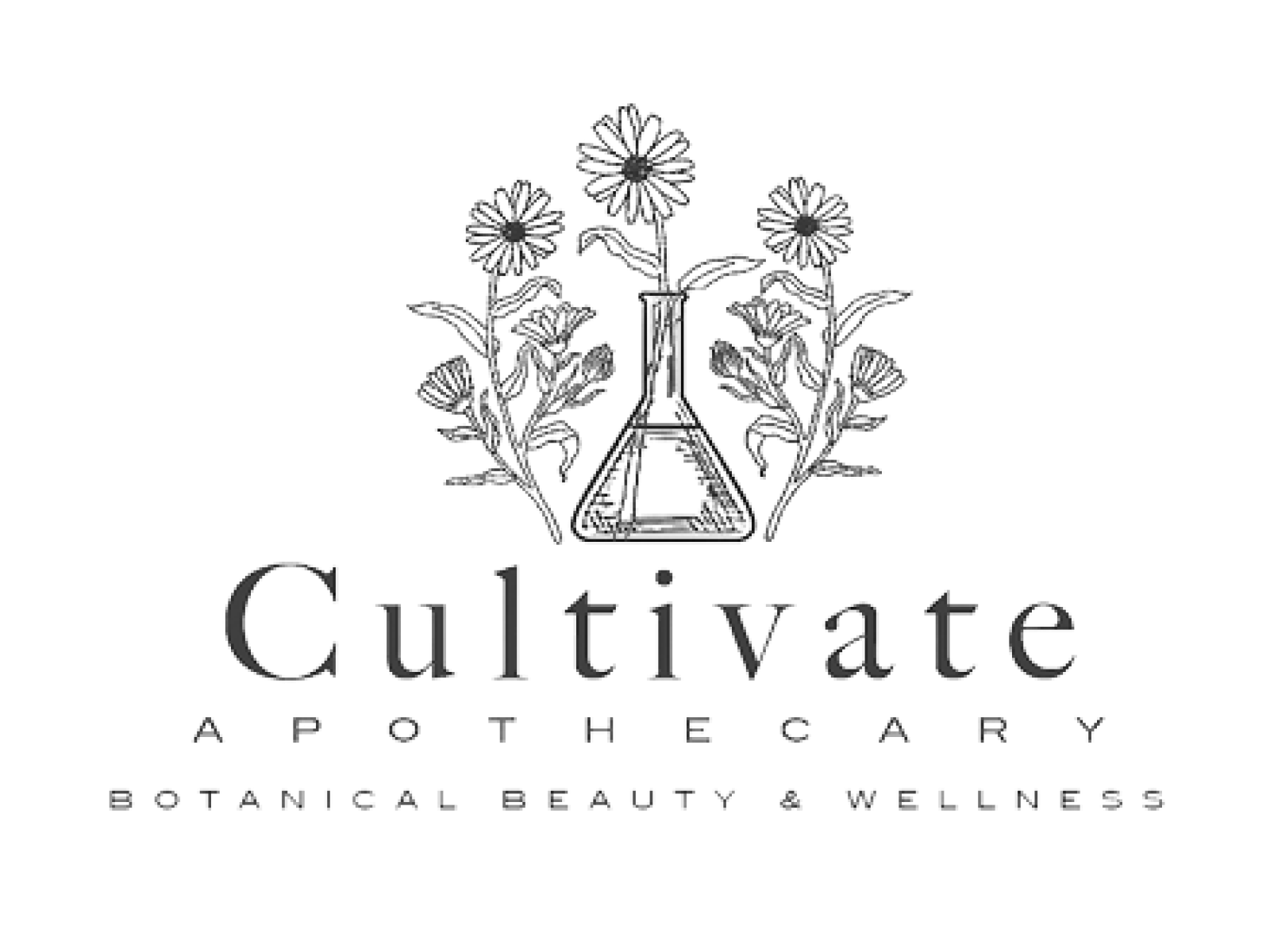
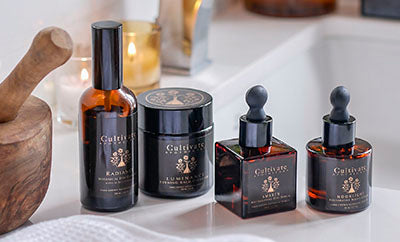

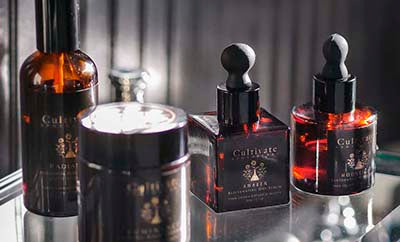
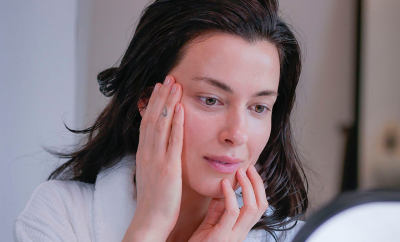
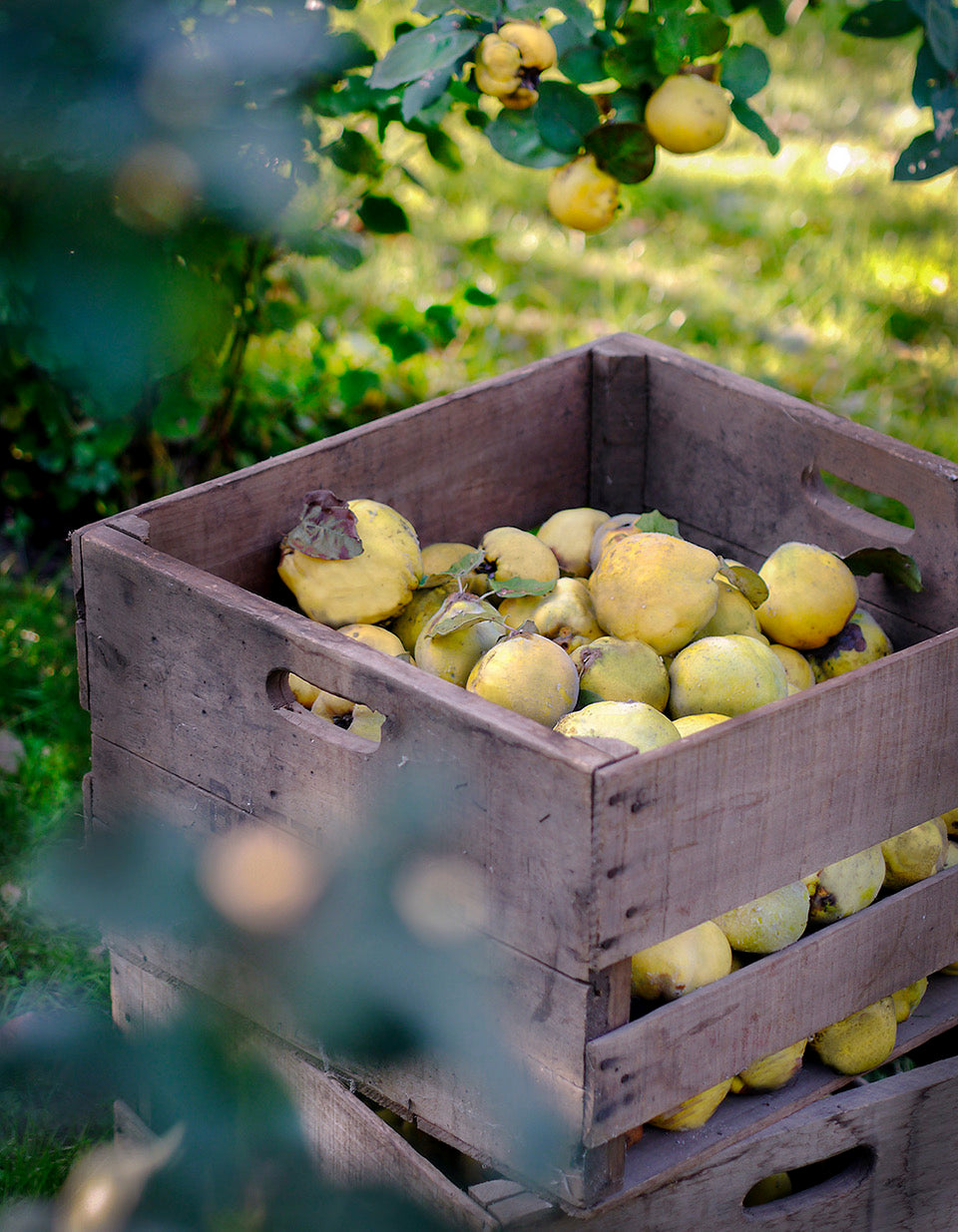
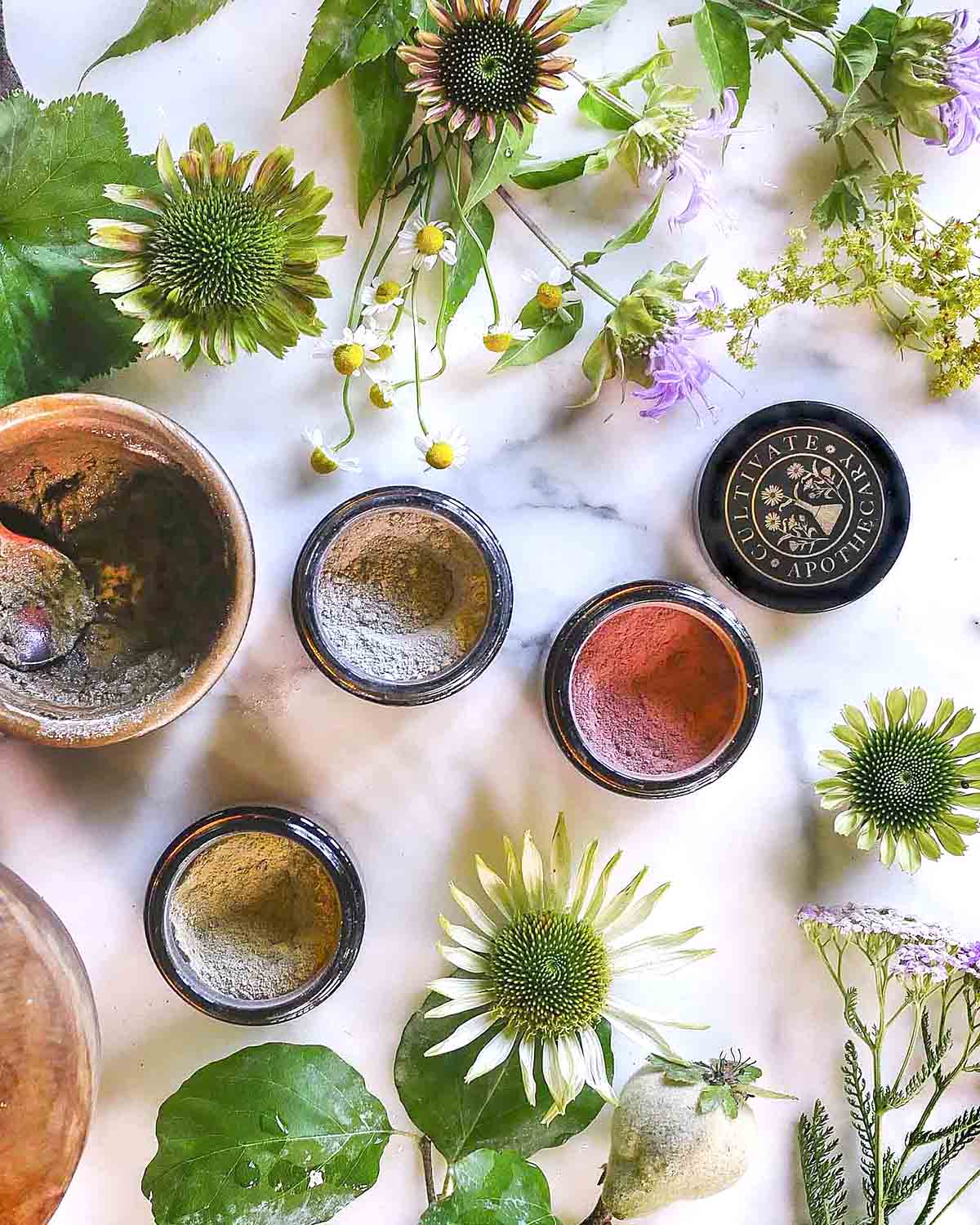
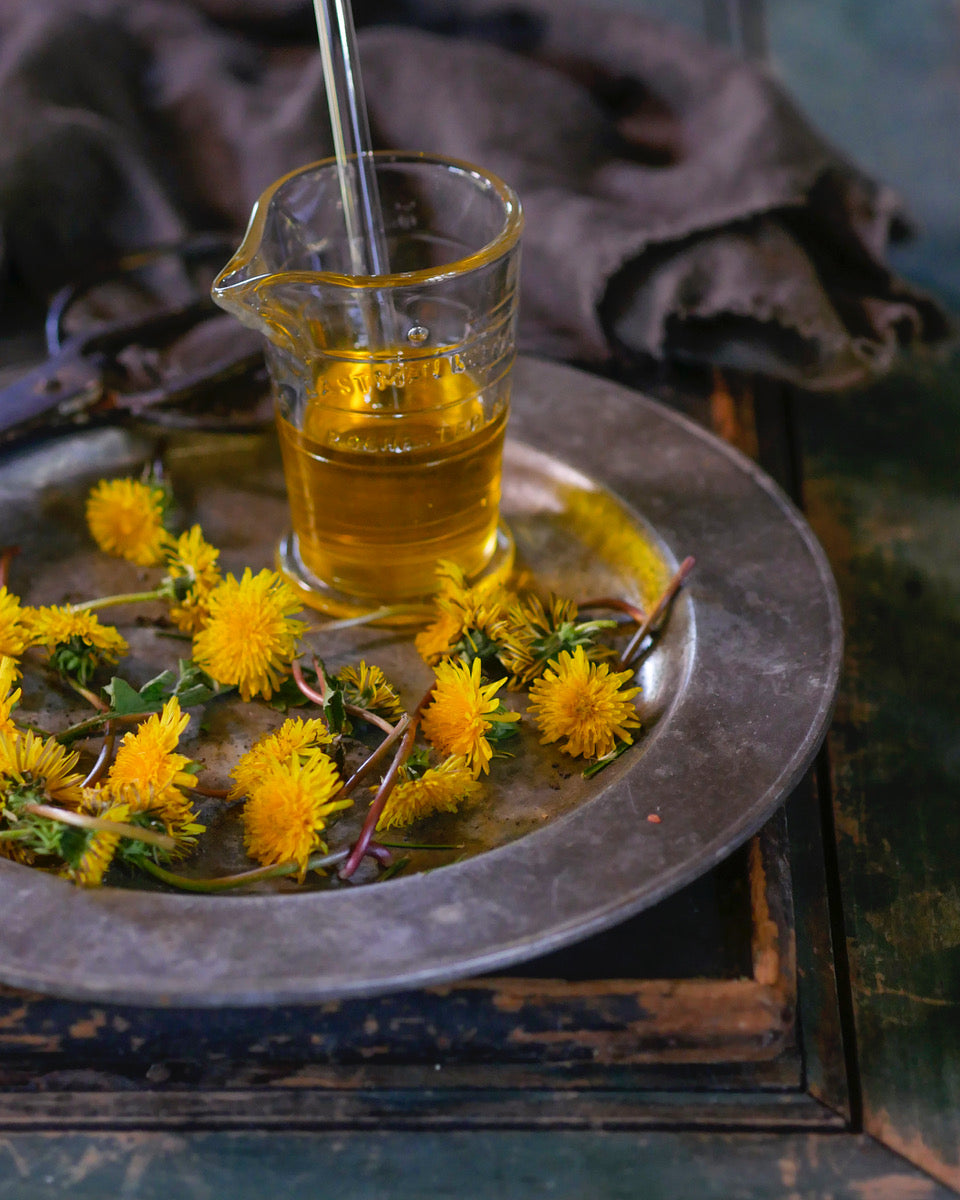
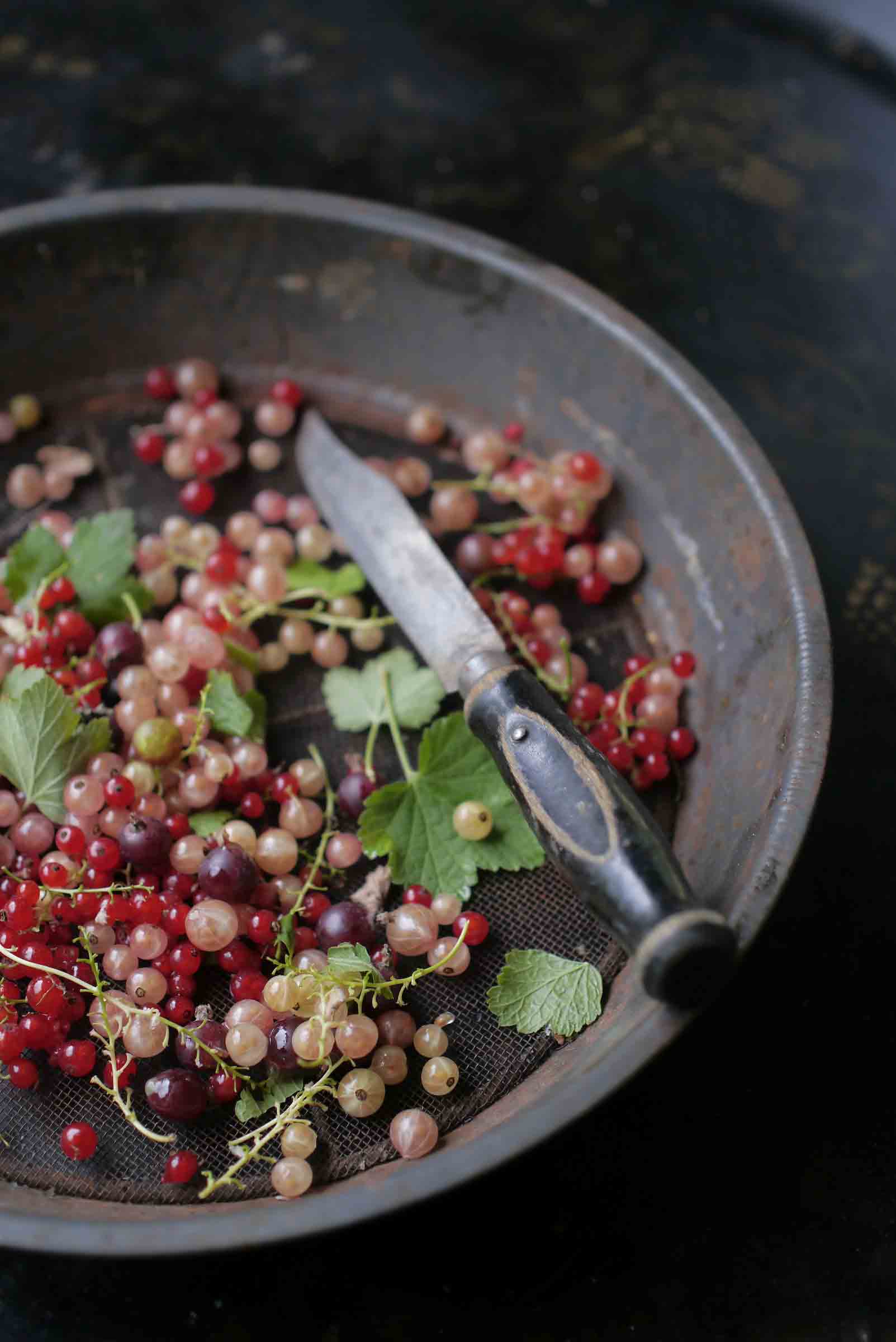
Leave a comment